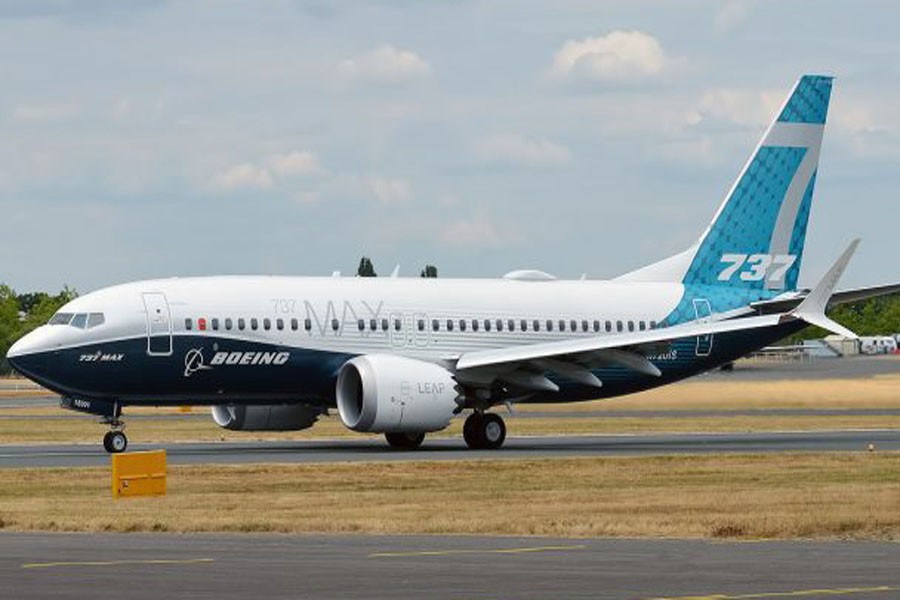Boeing says optional 737 MAX alert was 'not activated as intended'

Published :
Updated :

SINGAPORE: Boeing Co said an alert for angle-of-attack (AOA) sensors on its 737 MAX jets was "not activated as intended" for some customers, responding to reports it failed to tell Southwest Airlines Co and the U.S regulator that the optional feature was deactivated before a crash in Indonesia in October, reports Reuters.
Erroneous AOA sensor readings that led to aggressive nose-down inputs by a computer have been linked to deadly 737 MAX crashes in Indonesia and Ethiopia, according to preliminary reports from investigators.
Boeing offered customers two optional paid features relating to AOA. The first was an AOA DISAGREE alert when the two sensors disagreed and the second was an indicator giving pilots a gauge of the actual angle.
Southwest, the largest 737 MAX customer, in November told Reuters the alert was installed and it planned to add the indicator as well following the Lion Air crash in Indonesia.
The Wall Street Journal on Sunday reported that unbeknown to Southwest and the U.S. Federal Aviation Administration (FAA), the alerts were not activated on the carrier's 737 MAX jets.
"After the Lion Air event, Southwest was notified by Boeing that the AOA disagree lights were inoperable without the optional AOA indicators on the MAX aircraft," a Southwest spokesman said on Tuesday.
Boeing said on Monday that the disagree alert had been intended to be a standalone feature on the 737 MAX, but it was "not operable on all airplanes because the feature was not activated as intended".
"The disagree alert was tied or linked into the angle-of-attack indicator, which is an optional feature on the MAX," the manufacturer said in a statement. "Unless an airline opted for the angle-of-attack indicator, the disagree alert was not operable...Boeing did not intentionally or otherwise deactivate the disagree alert on its MAX airplanes."


 For all latest news, follow The Financial Express Google News channel.
For all latest news, follow The Financial Express Google News channel.